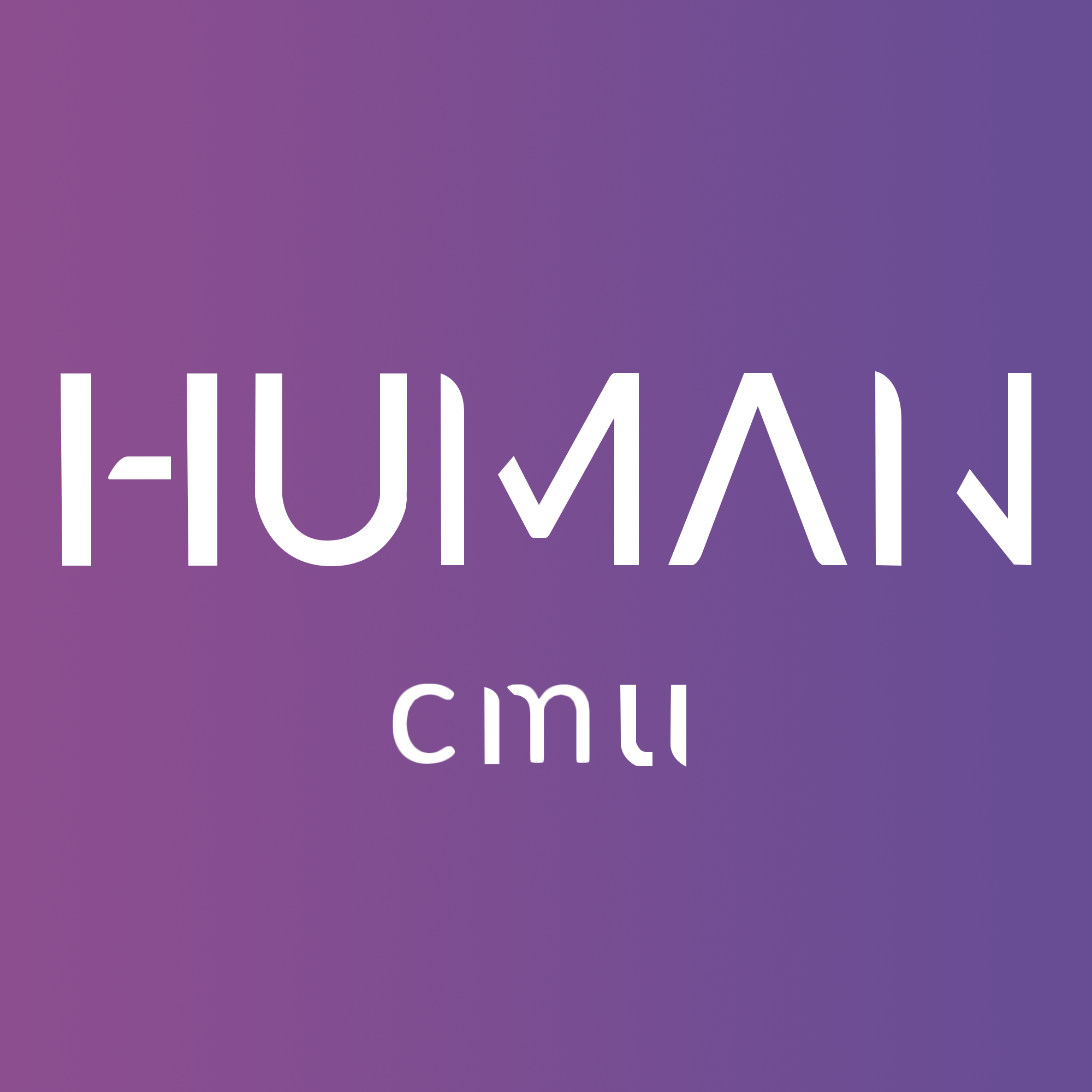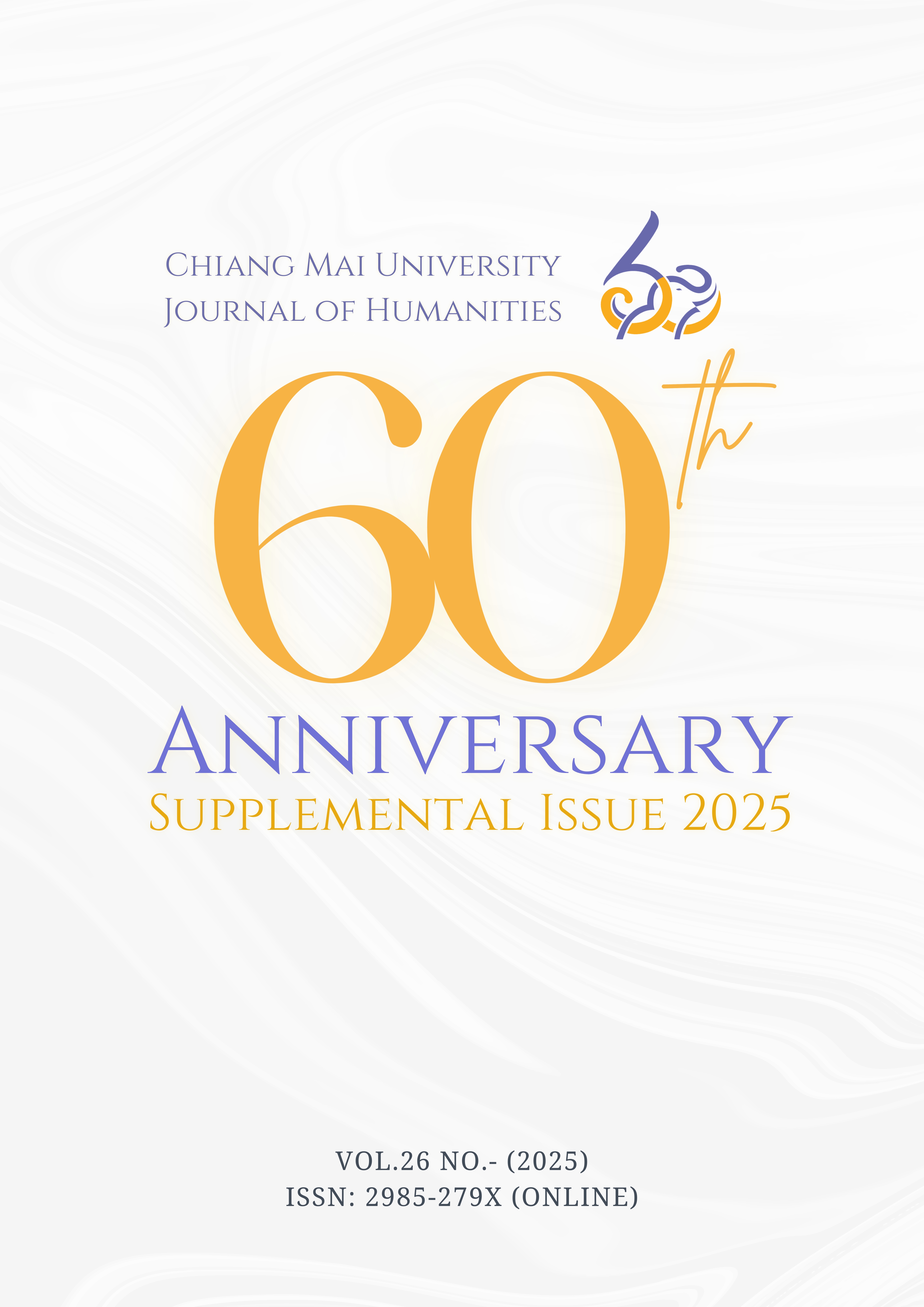An Analysis of Grammatical Content in Teaching Materials Used by High School Spanish Teachers in Northeastern Thailand
Main Article Content
บทคัดย่อ
The increasing popularity of the Spanish language at the secondary and high school levels, particularly in the Northeast of Thailand, has been notable over the past decade. Currently, eight schools offer Spanish either as a full program or as elective courses. As Spanish is one of the most recent additions to the high school curriculum, the selection of teaching materials varies significantly due to the absence of standardized textbooks, specifically for Thai high school students. This study seeks to analyze the alignment of grammatical content in these teaching materials, using the A1-level grammatical topics outlined in the Plan Curricular del Instituto Cervantes (PCIC) as a reference framework. The findings indicate that none of the schools fully covered all the grammatical content prescribed by the PCIC. Notably, schools offering Spanish as a program included fewer grammatical content in their materials, whereas schools offering Spanish as an elective course demonstrated higher levels of content completion. It is, therefore, recommended that Spanish teachers at the high school level develop teaching materials that comprehensively cover the grammatical content specified by the PCIC. Ideally, teachers should collaborate in create a textbook that meets the A1 standard, thereby establishing a new benchmark for the teaching of Spanish in Thailand.
Article Details

อนุญาตภายใต้เงื่อนไข Creative Commons Attribution-NonCommercial-NoDerivatives 4.0 International License.
เอกสารอ้างอิง
Blanco, C. A. (2017). Criterios para el análisis, la valoración y la elaboración de materiales didácticos de español como lengua extranjera/segunda lengua para niños y jóvenes. In Enseñar español en la actualidad: contribuciones didácticas (pp. 114–148). Imprensa da Universidade de Coimbra.
Dedkhad, P. (2018). Development of Online Media Bank in Social Studies for PhraPariyatthidhamma School Teachers, Chiang Mai Province [Master's thesis]. Chiang Mai University. https://cmudc.library.cmu.ac.th/frontend/Info/item/dc:143022
Hongsupangpan, S. (2014). The use of instructional media in Thai language courses of teachers in schools under Ratchaburi Primary Education Service Area Office 2. Retrieved from https://ir.stou.ac.th/handle/123456789/8197
Instituto Cervantes. (n.d.). Diccionario de términos clave de ELE [Dictionary of key terms for teaching Spanish as a foreign language]. Centro Virtual Cervantes. https://cvc.cervantes.es/ensenanza/biblioteca_ele/diccio_ele/diccionario/materialescurricu lares.htm
Instituto Cervantes. (2023). El español en el mundo 2023: Anuario del Instituto Cervantes [Spanish in the world 2023: Yearbook of the Cervantes Institute]. Centro Virtual Cervantes. https://cvc.cervantes.es/lengua/anuario/anuario_23/
Prabripoo, P. (2016). The development of a competency-based training curriculum for sales employees of a private company. Sukhothai Thammathirat Open University Journal of Educational Studies, 9(2), 13–27. https://so05.tci- thaijo.org/index.php/
edjour_stou/article/view/128856
Ramos, P. J. (2018). Análisis contrastivo del acento en español y chino [Contrastive analysis of
stress in Spanish and Chinese]. SinoELE. https://www.sinoele.org/images/Revista
/17/monograficos/AAH_2016/AAH_2016_pablo_javier_ramos.pdf
Royal Institute. (2011). The Royal Society of Thailand B.E. 2554. 2nd Edition [พจนานุกรมฉบับ ราชบัณฑิตยสถานพ.ศ. 2554.พิมพ์ครั้งที่ 2]. Nanmeebooks Publication.
Tomlinson, B. (2012). Materials development for language learning and teaching. Language Teaching, 45(2), 143–179. https://doi.org/10.1017/S0261444811000528


